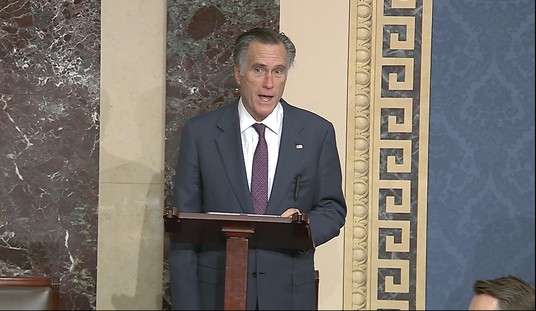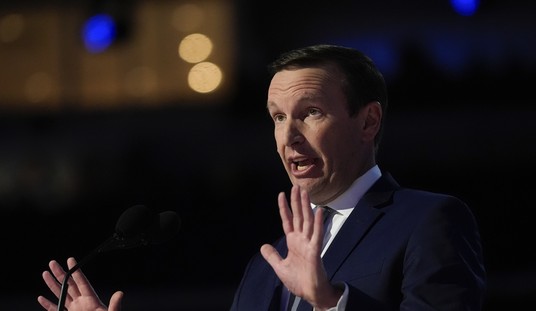The "Big Beautiful Bill" accomplished many things, not all of them positive. One positive step was to repeal many of the Inflation Reduction Act's green energy subsidies. It's somewhat disappointing that Congress didn't repeal all of them, as President Donald Trump had promised during the campaign. Yet it's also somewhat remarkable to witness a genuine rollback, something that was never a given for this bill and which typically succumbs to special-interest politics.
To be clear, I want more green energy from more sources, including wind, solar, geothermal, and whatever other promising avenues innovation makes possible. However, subsidies like those in the Inflation Reduction Act are the wrong approach to achieve this goal. They distort the tax code, misallocate capital, and favor companies already in the game, to the detriment of new entrants that might bring something more transformative.
The result isn't more abundance; it's cronyism masquerading as climate policy. The promise to roll back the Inflation Reduction Act's sprawling tax credits and handouts was once a central part of the GOP's economic platform. According to a Cato Institute analysis, these were initially projected to amount to $1.2 trillion over 10 years, which is many times the projected initially cost.
The House version of the budget made a significant adjustment, with hard deadlines for wind and solar tax credits and tighter eligibility requirements geared toward projects that could begin construction within 60 days of enactment and be in service before 2029. It wasn't perfect, but it was a genuine attempt to inject discipline into a policy that had run amok. The Senate, however, had other plans, and the reform was diluted.
New carveouts were added. Key provisions were extended, and the effective phaseout was punted years into the future. Thanks to generous grandfathering language, projects that start construction within a year of the bill's enactment can lock in 10 more years of production or investment tax credits. And what, by the way, counts as starting construction? Spending just 5% of the expected costs on solar panels or booking a consulting firm.
Recommended
In Washington, that's good enough. The good news is that even this watered-down reform is expected to reduce green subsidies by approximately $500 billion over the next 10 years. That's no small feat, especially in a town where "cutting" usually means "slightly slowing the growth of programs we already can't afford." It's doubly impressive, given that the forces fighting to maintain the subsidies outspent reformers by an order of magnitude. Now, we're hearing the usual refrain -- "But fossil fuels are subsidized too!" -- as evidence of the outrage and unfairness of trimming green energy subsidies. I sympathize with the desire to end fossil fuel subsidies.
I want an end to all private-sector subsidies. If your business model depends on special treatment in the tax code, then, as economist Douglas Holtz-Eakin once put it, you don't have a business. You have a tax shelter. Yes, there are some lingering fossil fuel subsidies on the books. Cato's Adam Michel helpfully identifies them: credits for enhanced oil recovery, for marginal wells, and for carbon capture and sequestration.
These are targeted giveaways, and they should also go. However, what most people clamoring for the end of fossil fuel subsidies are pointing to aren't subsidies at all, but simply neutral tax treatments — like expensing and percentage depletion — that apply across many industries. They might distort investment decisions in general, but they are not special favors for the oil and gas industry. In addition, when you compare the size of green versus fossil fuel subsidies, the difference is staggering. Scaled by energy output, green energy receives subsidies at rates 19 to 30 times those of coal, oil, and natural gas. According to Michel's analysis, 94% of the fiscal cost of energy-related tax provisions over the next decade — $1.2 trillion — would have been allocated to renewables. Only 6% -- about $70 billion -- would benefit fossil fuels. And again, much of that 6% isn't specifically tailored to fossil fuel companies; it simply benefits them.
In other words, the idea that green subsidies have been eviscerated while fossil subsidies thrive is incorrect. That's not an argument for maintaining fossil fuel subsidies; that's an argument for taming the outrage. If we've learned anything here, it's that cutting subsidies is a challenging task.
Once they're in place, armies of rent-seekers mobilize to preserve them. Renewable energy developers, financial firms, and politically connected manufacturers descend on Capitol Hill to ensure the flow of funding continues. However, we've learned something else: fighting back can be effective. Even this partial rollback shows that reformers aren't powerless. The next time someone says eliminating tax preferences is impossible, point to $500 billion in savings. We got that rollback not because the politics were easy but because some people stood firm.
Editor’s Note: Do you enjoy Townhall's conservative reporting that takes on the radical left and woke media? Please support our work so that we can continue to bring you the truth.
Join TOWNHALL VIP and use the promo code FIGHT to get 60% off your VIP membership!

























Join the conversation as a VIP Member